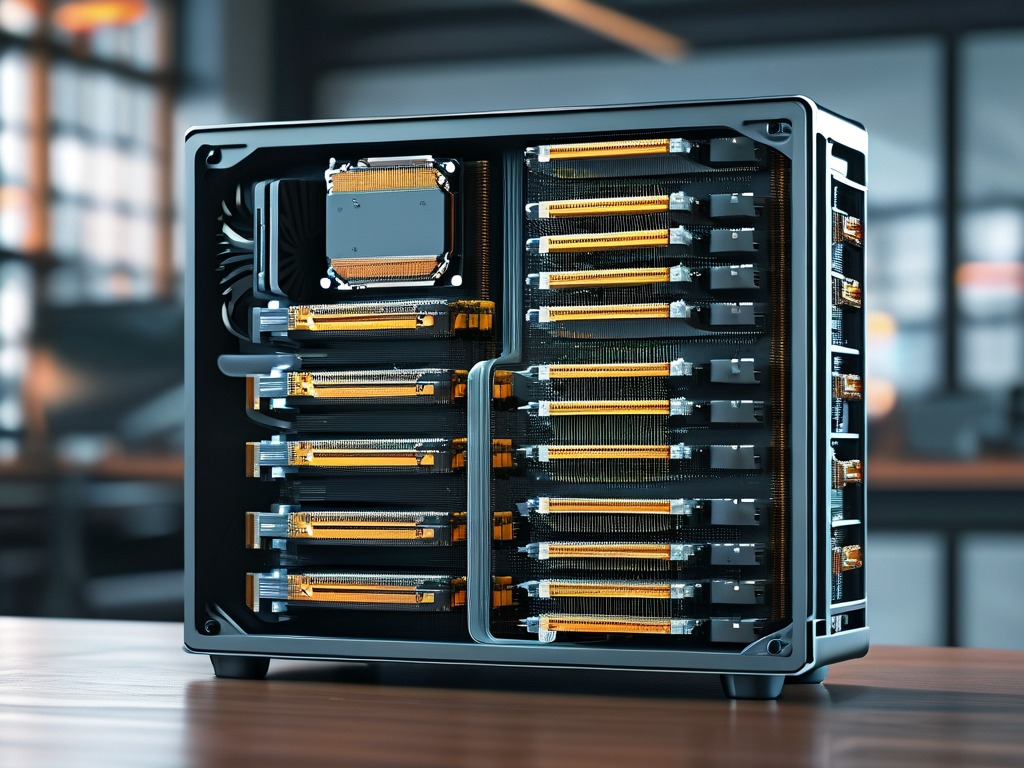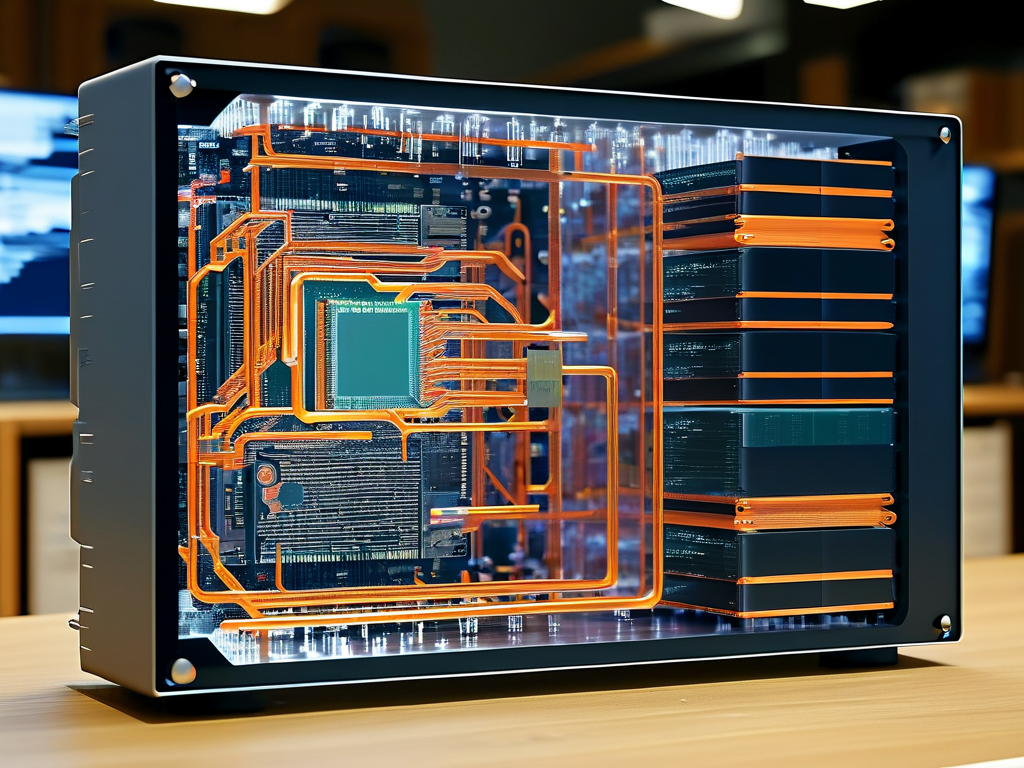Modern computing relies on the seamless interaction between processors and memory systems. At the heart of this relationship lies the CPU's ability to calculate and manage program memory – a process that combines hardware design with software logic. Understanding how this works reveals the intricate dance between physical components and abstract data handling.

Memory Addressing Fundamentals
Every program operates within a memory space defined by addresses. The CPU uses these addresses to locate instructions and data stored in RAM. When a program runs, the operating system allocates a virtual memory space, which the CPU maps to physical memory through a Memory Management Unit (MMU). This translation happens via page tables that convert logical addresses (used by software) into physical ones (used by hardware).
For example, consider this C++ code snippet:
int* value = new int(42); std::cout << "Memory address: " << value;
The output shows a virtual address, not the actual physical location. The CPU's MMU handles this abstraction dynamically during program execution.
Calculation Mechanisms
Memory calculation occurs at multiple levels. The CPU's load/store units work with registers to perform arithmetic operations for address generation. Base-plus-offset addressing, commonly used in array operations, demonstrates this:
Effective Address = Base Register + (Index Register × Scale) + Displacement This formula allows efficient traversal of data structures. Modern CPUs also employ prefetch algorithms to anticipate memory needs, reducing latency through cache hierarchy utilization (L1/L2/L3 caches).
Memory Protection and Optimization
CPUs enforce memory isolation through ring protection (user/kernel modes) and segmentation. When a program requests memory via functions like malloc() or new, the CPU coordinates with the OS to:
- Validate access permissions
- Check available physical/virtual space
- Update page table entries
Hardware features like Translation Lookaside Buffers (TLBs) accelerate these processes by caching frequent address translations. Memory protection faults (segmentation faults) occur when programs attempt unauthorized access, triggering interrupts handled by the operating system.
Real-world Implementation Challenges
Modern systems face memory fragmentation issues – both external (unused gaps between allocations) and internal (wasted space within allocated blocks). CPUs mitigate this through:
- Address Space Layout Randomization (ASLR)
- Memory compaction routines
- Garbage collection algorithms (in managed languages)
The following assembly snippet illustrates direct memory access:
mov eax, [ebx+8] ; Load value from address EBX+8 into EAX
This demonstrates how CPUs decode instructions containing memory operands, calculate effective addresses, and execute data transfers.
Evolution of Memory Management
From early segmented memory models to today's 64-bit flat address spaces, CPU architectures have evolved to handle exponentially growing memory demands. Features like Intel's Extended Page Tables (EPT) and ARM's TrustZone reflect specialized approaches for virtualization and security.
Developers can optimize program performance by understanding CPU memory behaviors:
- Aligning data to cache line boundaries
- Minimizing pointer chasing
- Leveraging SIMD instructions for bulk data operations
As quantum computing and non-volatile memory technologies emerge, CPU memory management will continue adapting to new paradigms while maintaining backward compatibility with established principles.
Debugging and Analysis Tools
Profiling tools like Valgrind and AddressSanitizer help identify memory calculation errors such as leaks or buffer overflows. These utilities work by intercepting CPU memory operations and analyzing allocation patterns, demonstrating how software tools complement hardware capabilities.
In , CPU memory calculation represents a layered collaboration between silicon and code. From address translation to access validation, these processes form the invisible foundation supporting every software application. As programs grow more complex, so too does the sophistication of the CPU's memory management – ensuring efficient resource utilization while maintaining system stability.


